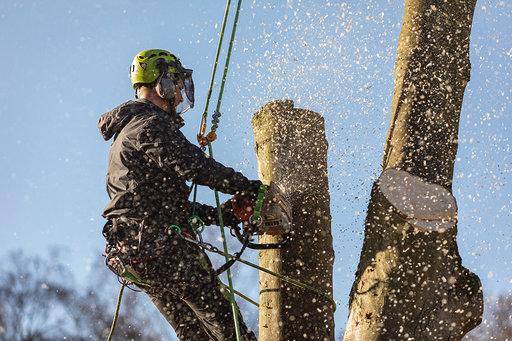Harnessing Nature’s Wisdom: Tree Reshaping for Healing and Medicinal Gardens
Introduction: In the realm of holistic health and wellness, the healing properties of nature have long been revered. From ancient times to modern-day practices, gardens dedicated to medicinal plants and herbs have served as sanctuaries of healing and rejuvenation. However, one element often overlooked in crafting these sacred spaces is the role of trees. This article will explore the art of tree reshaping and its profound significance in creating healing and medicinal gardens.
Embracing Tree Reshaping:
- Tree reshaping, tree pruning or tree sculpting is the practice of selectively trimming and shaping trees to achieve desired aesthetic and functional outcomes. While commonly used for landscaping and aesthetic purposes, tree reshaping can also be harnessed to create therapeutic environments conducive to healing and wellness. By carefully sculpting trees to enhance natural beauty, promote tranquillity, and facilitate the growth of medicinal plants, tree reshaping becomes a powerful tool in the design of healing gardens.
Creating Sacred Spaces:
- In healing and medicinal gardens, trees are pivotal in establishing sacred spaces that evoke a sense of calm, harmony, and connection with nature. Through strategic pruning and shaping, trees can be sculpted to frame pathways, define boundaries, and create focal points within the garden landscape. By incorporating elements of symmetry, balance, and flow, tree reshaping enhances the garden’s visual appeal while inviting visitors to embark on a journey of healing and self-discovery.
Enhancing Therapeutic Benefits:
- Beyond their aesthetic allure, trees offer myriad therapeutic benefits that contribute to the healing atmosphere of medicinal gardens. Certain tree species possess medicinal properties, providing natural remedies for various ailments and promoting overall well-being. Additionally, trees in the garden promote stress reduction, mental clarity, and emotional resilience, fostering an environment conducive to relaxation, meditation, and contemplation.
Supporting Medicinal Plant Growth:
- In addition to their direct therapeutic benefits, trees can also serve as supportive companions for growing medicinal plants and herbs within the garden. Through strategic pruning and canopy management, trees can provide dappled shade, shelter from harsh weather conditions, and protection from pests and predators, creating ideal microclimates for cultivating delicate medicinal herbs. Moreover, the root systems of trees contribute to soil health and moisture retention, enhancing the vitality and resilience of medicinal plantings.
Cultivating Connection and Community:
- Healing and medicinal gardens serve as gathering places for individuals seeking solace, healing, and connection with nature. Trees, with their enduring presence and silent wisdom, serve as anchors of stability and continuity within these sacred spaces, fostering a sense of belonging and community among garden visitors. Through shared experiences of caring for and communing with trees, individuals forge deeper connections with each other and the natural world, nurturing a sense of interconnectedness and harmony.
Conclusion: In the tapestry of healing and wellness, trees emerge as silent guardians and allies, offering solace, inspiration, and healing to all who seek their embrace. Through tree reshaping, these majestic beings become co-creators in the design of healing and medicinal gardens, weaving together elements of beauty, tranquillity, and therapeutic efficacy. As we honour and steward the trees within these sacred spaces, we honour the interconnectedness of all life and the profound wisdom inherent in nature’s embrace.
Call us on: 0115 647 3811
Click here to find out more about Long Eaton Tree Surgeons
Click here to complete our contact form and see how we can help with your driveway needs.

